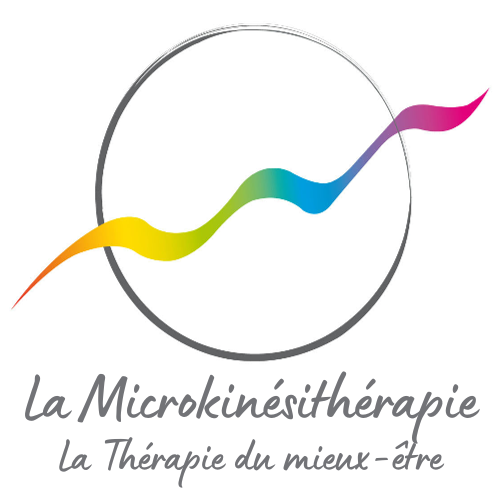Microkinesitherapy: For whom?
Anyone who suffers from a dysfunction (whether of an organ or a bodily function, perceived or not by the patient at the physical or psychological level) can be treated with microkinesitherapy, regardless of age, type of condition, or stage of disease.
Microkinesitherapy: How?
Microkinesitherapy relies on the ability of any living organism to repair itself. Any disruption of an organ or function creates a symptom. The therapist does not act directly on this symptom, but will help the body of the patient to fight against the dysfunction. For this, the micro-physiotherapist follows a protocol of care by performing micropalpations on the body of the patient who is lying on a table while remaining dressed (light clothing). The therapist perceives in his hands certain restrictions and obstructions that will enable them to identify the origin of the dysfunction – its etiology as well as the stages of bodily response that correspond to the symptom, which allows the body to trigger the restorative mechanism (immunology law).
